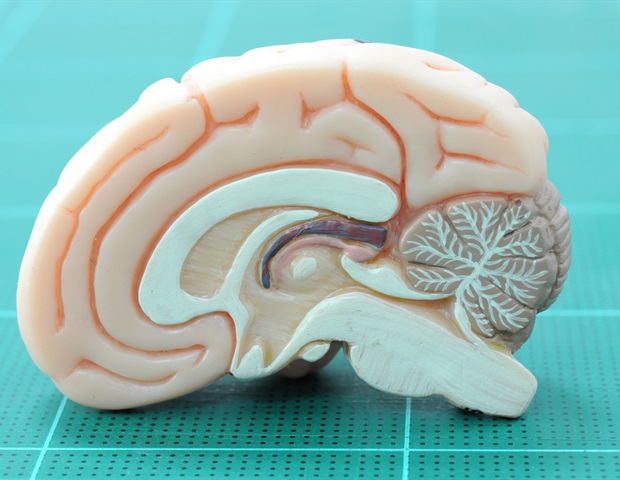Novel method reveals the synaptic basis for feature selectivity

Novel method reveals the synaptic basis for feature selectivity
A common analogy used to describe the brain is that it consists of tiny interconnected computers. Each one of these computers, or neurons, process and relay activity from thousands of other neurons, forming complex networks that allow us to perceive our surroundings, make decisions, and guide our actions. Communication between neurons occurs through tiny connections called synapses, and each neuron integrates the activity across these synapses to form a single output signal.
However, not all synapses are created equal. Synapses converging onto an individual neuron differ in size, and size is correlated with strength: larger synapses are stronger and have a greater influence on a neuron's output than smaller synapses. But why are some synapses stronger than others, and how does this impact individual neurons processing incoming signals?
Related Keywords
Connon Thomas , Benjamin Scholl , Naomi Kamasawa , Emily Henderson , Max Planck Florida Institute For Neuroscience , Max Planck Florida Institute , Postdoctoral Researcher , Electron Microscopy Core Facility , Correlated Light , Electron Microscopy , கோநந் தாமஸ் , பெஞ்சமின் பள்ளி , எமிலி ஹென்டர்சன் , போஸ்ட்டாக்டொரல் ஆராய்ச்சியாளர் , எதிர் மின்னணு நுண்ணோக்கி கோர் வசதி , எதிர் மின்னணு நுண்ணோக்கி ,
comparemela.com © 2020. All Rights Reserved.